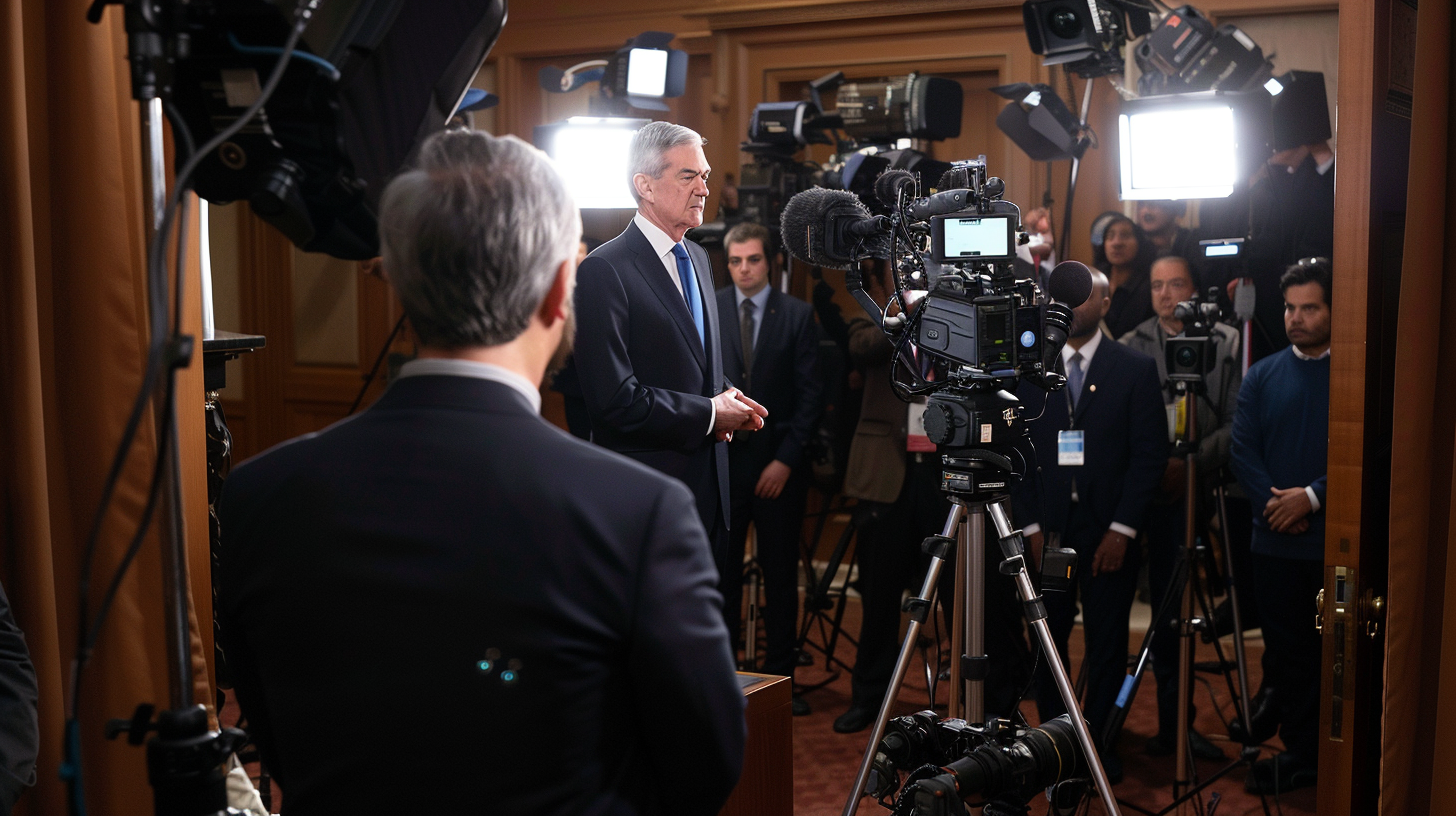| Key Points: – Unemployment benefit applications remained steady at 219,000, slightly below analyst forecasts. – Continuing claims, which track those still receiving benefits, rose by 46,000 to 1.91 million, the highest level in three years. – The labor market shows signs of softening, but overall, remains resilient despite high interest rates. |
The latest data from the U.S. Labor Department reveals that new jobless claims remained relatively stable last week, but continuing claims reached their highest level in three years, signaling potential challenges for some workers in finding new employment.
For the week of Dec. 21, jobless claims decreased slightly by 1,000, totaling 219,000, which was better than the forecasted 223,000. While the initial claims remained steady, continuing claims — which represent the total number of Americans still receiving unemployment benefits — surged by 46,000, reaching 1.91 million for the week of Dec. 14. This marks the highest level since November 2021, when the economy was still in the recovery phase following the sharp job losses triggered by the COVID-19 pandemic.
The rise in continuing claims suggests that some workers are facing greater difficulty in securing new jobs, despite a still-growing economy. While initial claims remain relatively low, the increased number of people staying on unemployment benefits for longer periods may indicate that the demand for labor is slowing. The situation is also being closely monitored by economists, as this uptick could point to broader trends in the labor market, especially as businesses continue to adjust to rising interest rates.
In addition to the weekly claims data, the four-week moving average of jobless claims increased by 1,000, to a total of 226,500. This measure smooths out weekly fluctuations and provides a clearer picture of underlying trends. While this increase is modest, it still points to a slight softening in the labor market.
Despite these signs of some cooling in the job market, the broader economy has continued to outperform expectations, with employment trends staying relatively strong. Many economists had predicted that the labor market would slow down significantly due to the Federal Reserve’s aggressive interest rate hikes, yet these forecasts have largely not materialized. The Fed’s efforts to curb inflation, which spiked during the post-pandemic recovery, have pushed rates higher over the past two years, but their full impact on employment has not been as severe as anticipated.
The Federal Reserve recently reduced its key interest rate for the third consecutive time, a move aimed at tempering inflation, although the rate remains above the central bank’s target of 2%. In a surprising shift, the Fed also projected fewer interest rate cuts for 2025, revising its forecast from four cuts to just two.
Further data released earlier this month showed that U.S. job openings rose to 7.7 million in October, up from a three-and-a-half-year low of 7.4 million in September. This suggests that businesses are still looking for workers, even as hiring growth has slowed. The November jobs report also revealed that employers added 227,000 jobs, well above expectations, after a disappointing 36,000-job gain in October. This uptick in hiring comes after the disruptions caused by strikes and hurricanes in late 2023.
The December jobs report, set to be released on January 10, will provide further insight into the state of the labor market and whether the trends of rising continuing claims continue into the new year. Despite some signs of softening, the U.S. labor market remains relatively healthy, indicating that job growth is still a crucial pillar of the broader economy.











